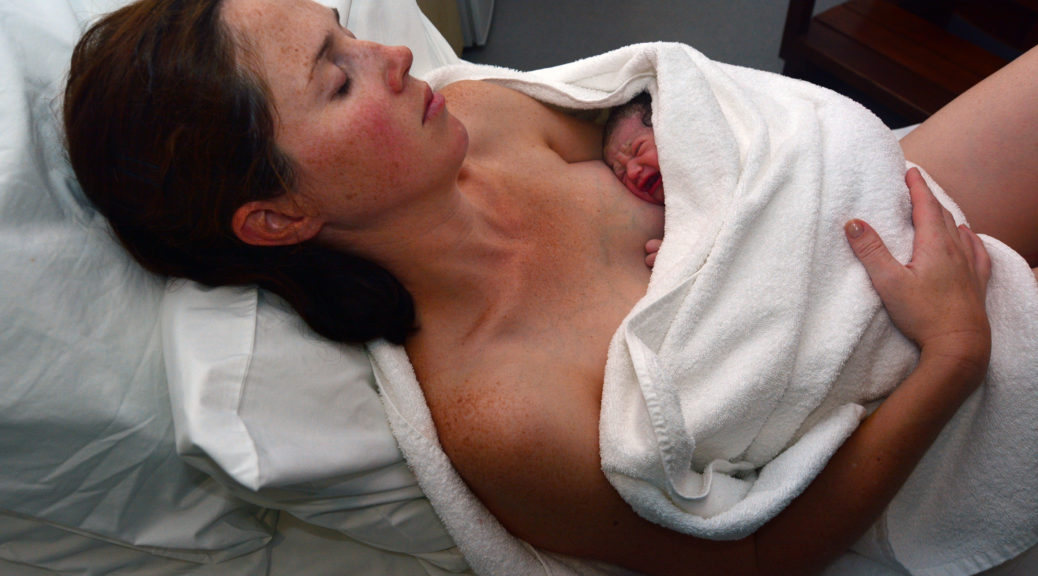
When is my milk coming in?
Many mothers are worried about their milk coming in in the first hours after their baby is born. So, the first thing you need to know is that you already have milk. Colostrum might have a different name, but it is breastmilk. It is the first milk your baby needs, and although you may think that it seems to be not much of it, your baby has enough with these small initial doses of this yellow treasure.
All mothers experience the so-called milk coming in in the hours following the birth. This is a mechanism that is triggered just as the placenta separates from the womb. At that moment, the lactation process is set in motion and the production of milk for the newborn starts.
Lactation starts when the placenta separates from the uterus, and this happens wheater it is a cesarean section or vaginal birth. A C-section in itself does not delay the mature milk coming in, but hospital protocols, where babies are separated from their mothers, a delay in initiating the first feed at the breast, or the type of C-section performed can delay this process.
That’s why it is so important to keep your baby skin-to-skin at the mother’s breast as much as possible and encourage them to suckle if they are very sleepy or not interested. It seems that the more a baby feeds at the breast during the first hours of life, the better the establishment of breastfeeding.
You should not feel any pain. At most, you may feel an uncomfortable sensation during the first few times your baby sucks, but this should not last more than a few seconds. If you feel pain during the whole feed, ask for help from a lactation consultant or IBCLC because something can be improved.
As mentioned before, the baby’s first food is colostrum. Colostrum is the first milk that a baby will drink; it is rich in antibodies and will provide your baby with the first defenses and will help them to eliminate meconium from their bowls.
Within 24 to 72 hours after birth, you will experience the mature milk coming in, which is a sensation of fullness and warmth in your breasts and sometimes tension.
The mature milk coming in is often wrongly described as a painful process in which a mother may have a fever and a lot of pain in her breasts. And if a mother does not experience these dreaded sensations, she might believe that she has not had any milk coming in and is often worried.
But this is how the breastfeeding process should begin:
- Place the baby on the mother’s breast as soon as it is born.
- Avoid any separation (such as by hospital protocol)
- Allow the baby to suckle without any restrictions, limits, or routines
- Avoid the use of pacifiers and bottle teats until breastfeeding is established
It is quite possible that you will not feel the coming in of the milk as very painful but rather as a feeling of fullness and warmth. You will also observe that if you squeeze droplets of milk out of your breast, it is no longer yellow (colostrum) and is now white or clear in color.
And if your breasts hurt or are swollen, make sure you find a solution; this is breast engorgement, and there is always a solution to it; it is not normal.
Do you have any other questions?
To find out more information about the breastfeeding journey, please download our free app, LactApp, for iPhone or Android. In the contact section of the app, you can find an in-app consultation channel where our experts will answer your questions